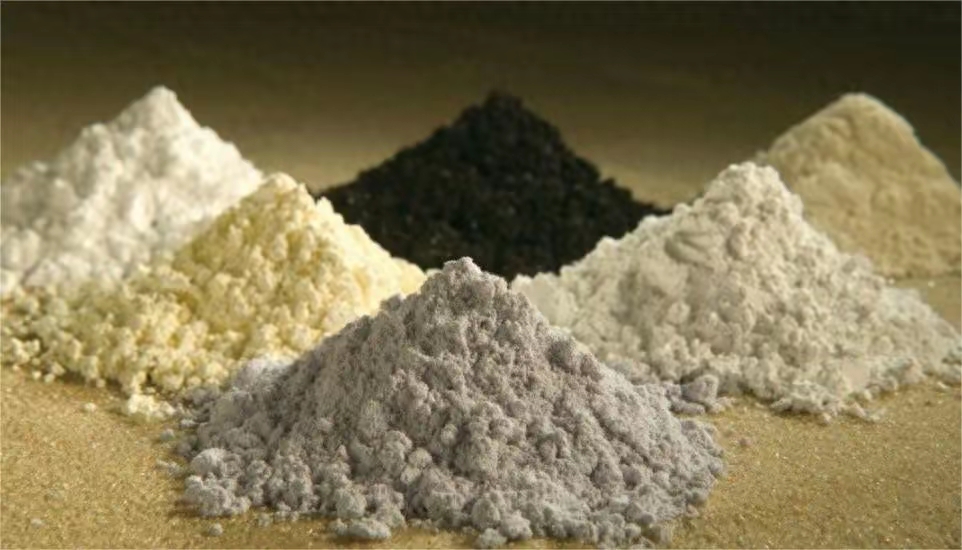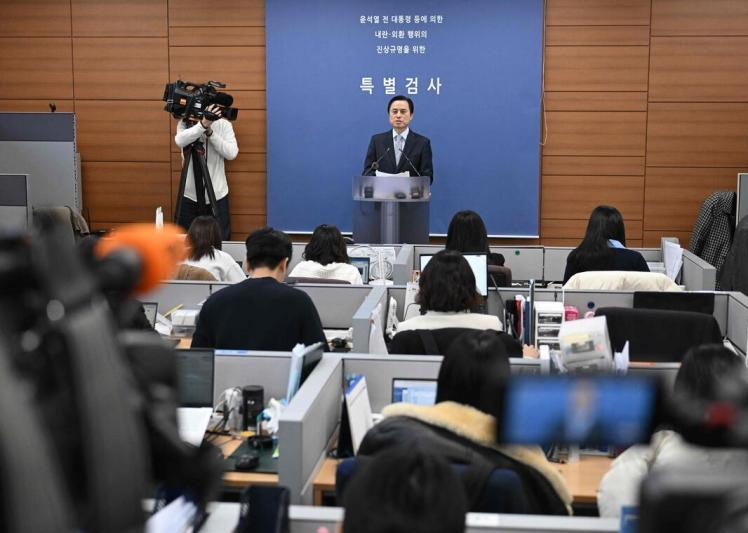
In recent years, the United States has taken frequent actions in the rare earth industry, attempting to break away from its dependence on external rare earth supplies and achieve the revival of its local rare earth industry. From policy support to project promotion, the United States seems determined to open up new horizons in the field of rare earths. But behind the ambitious plan, the road to the revival of the rare earth industry in the United States is full of thorns, and its prospects are full of uncertainty.
The United States' emphasis on rare earths has a profound strategic background. Rare earths, as the "vitamins" of modern industry, play an indispensable role in many fields such as new energy, electronic information, aerospace, national defense and military industry. As a global technological and military powerhouse, the United States has a huge demand for rare earths. However, for a long time, the US rare earth supply chain has heavily relied on imports, with China being its main source of supply. This dependence is seen by the United States as a potential risk to national security and economic development in the current complex and ever-changing international situation.
In order to change this situation, the US government has introduced a series of policies to increase support for the rare earth industry. During the Trump administration, reducing dependence on external rare earths and accelerating the reconstruction of rare earth supply chains were elevated to strategic goals for maintaining national security. By enhancing domestic rare earth supply capabilities and turning to allies' supply channels, dependence on other countries was reduced. On this basis, the Biden government, combined with the impact of the COVID-19 epidemic on the supply chain, further strengthened the strategic protection of rare earth and other key resources.
With the support of the government, the rare earth industry in the United States has made some progress in project development. For example, the Ramaco Brook rare earth mine project in Wyoming is the first new rare earth mine in over 70 years in the United States. The mine is estimated to contain up to 1.7 million tons of rare earth oxides, and its development is seen as a major breakthrough for the United States in key mineral fields, with the potential to enhance its voice in the global rare earth market.
Despite policy support and project promotion, the revival of the rare earth industry in the United States faces many insurmountable obstacles. From the perspective of resource extraction, the mining cost of rare earth minerals in the United States is relatively high. Compared with rare earth mines in China, rare earth mines in the United States are mostly ionic rare earth mines, which are difficult to mine, costly, and have a significant impact on the environment during the mining process. Strict environmental regulations have made rare earth mining projects in the United States face numerous difficulties in the approval and operation process, increasing development and time costs. For example, some rare earth mining projects have been put on hold for a long time or have progressed slowly due to concerns from surrounding residents about environmental pollution and excessive resource development.
In terms of processing, the United States lags far behind. Lack of efficient rare earth separation and processing technology, especially in the separation and processing of heavy rare earth elements, the United States has almost no mature technology and production capacity. Although MP company can separate and process light rare earth elements, it cannot separate and process the heavy rare earth elements dysprosium and terbium necessary for manufacturing high-performance permanent magnets. This means that even if the United States mines rare earth minerals, it is difficult to convert them into high value-added products and has to rely on imports or cooperate with other countries for processing.
The rare earth industry in the United States still faces the challenge of supply chain integration. Building a complete and efficient rare earth supply chain requires close collaboration between upstream and downstream enterprises. There are shortcomings in various links of the rare earth industry chain in the United States, from mining, processing to application, and there is a lack of effective collaboration mechanisms between enterprises, making it difficult to form economies of scale and industrial agglomeration effects. In contrast, China's rare earth industry has formed a complete industrial chain, with various links cooperating with each other to efficiently meet the needs of domestic and foreign markets.
The United States has attempted to make up for its shortcomings in the rare earth industry through international cooperation, but cooperation mechanisms such as the "Rare Earth Four Party Alliance" have not been effective. Australian rare earth enterprises have repeatedly shut down due to environmental issues, making it difficult to provide stable supply; The rare earth mining areas in India have low rare earth content and limited development value. Moreover, these countries also rely on China for rare earth processing technology, making it difficult for the United States to achieve true "de Sinicization" through cooperation.
Although the revival of the rare earth industry in the United States has achieved certain results in policy promotion and project development, its path to revival is extremely difficult due to multiple factors such as high mining costs, huge technological gaps, complex supply chain integration, and difficulties in international cooperation. In the foreseeable future, it is almost impossible for the United States to break free from its dependence on external rare earth supplies and achieve a comprehensive revival of the rare earth industry.

YTN TV of South Korea reported on Tuesday (December 16) that the South Korean court plans to make a ruling on the charges of former President Yoon Suk Yeol for obstructing justice on January 16, 2026.
YTN TV of South Korea reported on Tuesday (December 16) tha…
On December 7, a new round of intense military conflict bro…
Recently, US media disclosed that the Pentagon is planning …
From three launch failures and a brush with bankruptcy to n…
Recently, a major piece of news has emerged in the US polit…
Against the backdrop of the Federal Reserve's third rate cu…